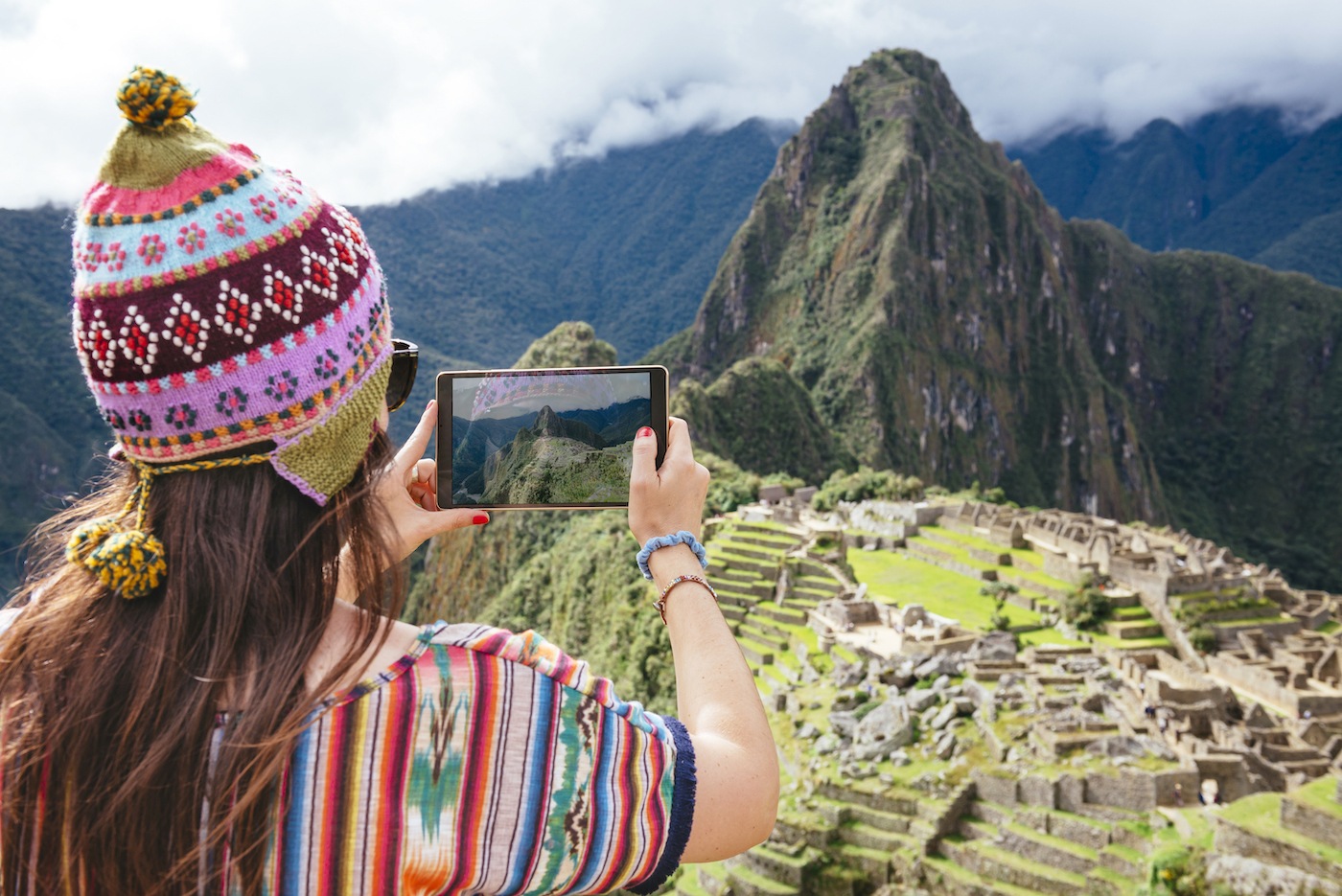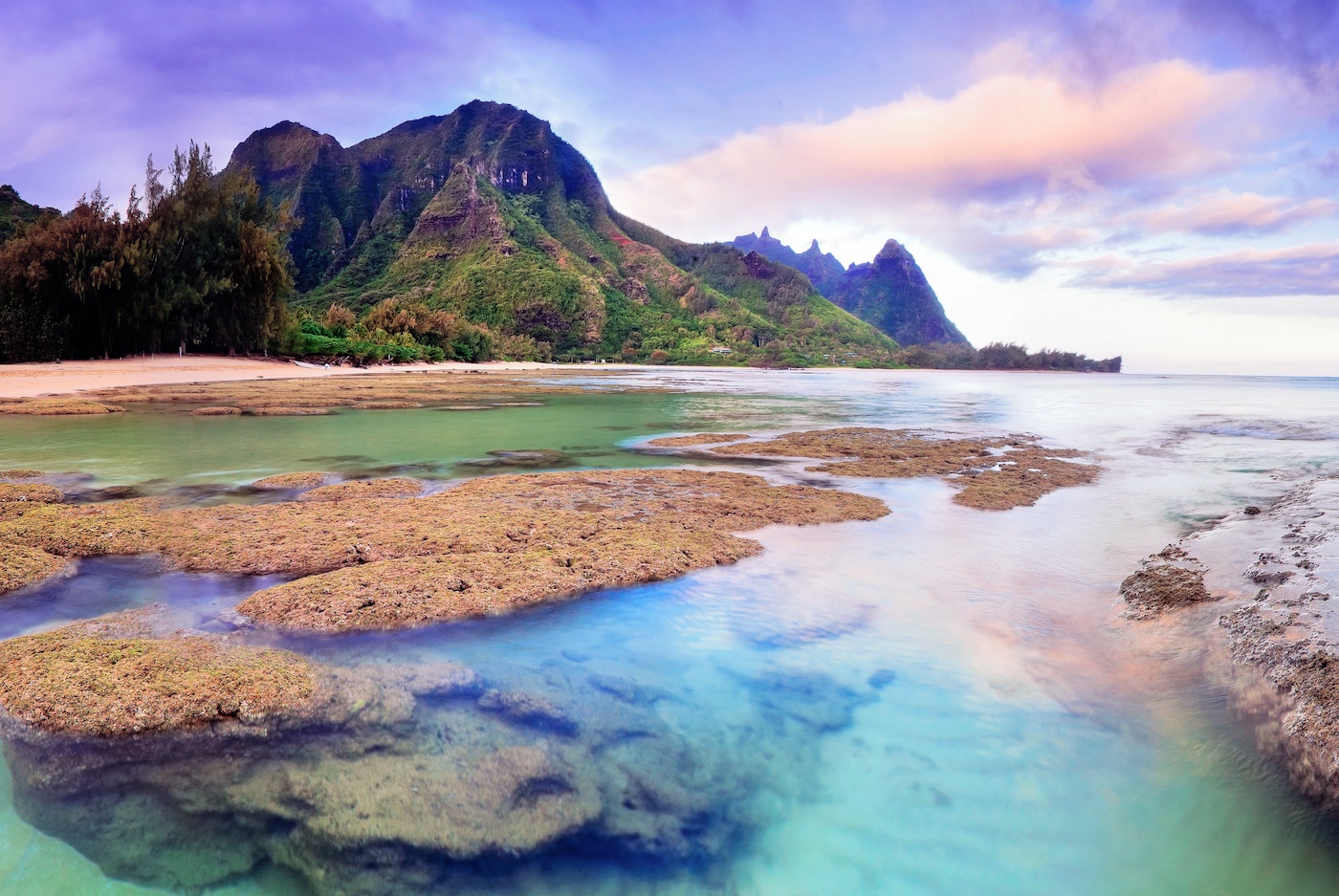Chakras of the Earth Are Energetic Hot Spots Worthy of Your Travel Bucket List
First things first, at its basic essence, a vortex is a circular flow of energy, says Kim McDermott, the mindfulness consultant at Mii Amo Resort in Sedona, Arizona. "Tornadoes, hurricanes—all of our storm systems are actually bodies of energy that move in a circular pattern. That’s why they’re so powerful," she says. These sweeping funnels of kinetic potential have a spiritual reputation for inciting revelation to those passing through them—bringing people to tears and heralding new chapters in life. They occur in areas replete with natural resources that give a location's geography an undeniable magnetism. In the case of Sedona, that comes in the form of quartz crystal, the iron that's oxidized in the sandstone, and the water that has flowed both in and out of the city throughout history.

{{post.sponsorText}}
While the concept of such energy tornadoes has been around for, like, ever, McDermott explains that the term "vortex" wasn't attached to the phenomena until the 1980s, during the metaphysical movement. Now, locations like Sedona, where people have experienced these earthen epiphanies, are sometimes called "the chakras of the earth." But unlike bodily energy centers, which are more strictly defined in location and significance (i.e., sacral chakra = below the navel, creativity and emotional health), sources differ about what specific characteristics—apart from high-vibe resources like quartz—make a location a bona fide chakra. Therefore, there's no set-in-stone bucket list of energetic destinations you can easily reference.

Take, for example, Kauai, Hawaii. It's a spot McDermott tells me is teeming with heart-centered energy. The island happens to land on the same meridian as Sedona and, as a result, the two share "sister" traits. Both places have energy that she describes as grounding, a mix of yin and yang energy.
The problem is, sources differ about where the actual "heart" of the earth lies. Huffpost names Glastonbury, Somerset and Shaftesbury, Dorset in England the beating heart of the world because the former is rumored to have once been the home of the Holy Grail, while the latter holds the Sacred Spear of Purpose. MacDermott, however, believes that the elemental happenings beneath the earth's surface are much more indicative of a place's gravitational pull. It's about electromagnetic and magnetic forces—not so much the events that may or may not have taken place atop them.

From all my research, what makes a vortex? seems to be the fundamental question. Does the history of a place matter more than its natural resources? Or vice versa? One thing vortex pros agree upon though is that a particular magic is ever-present at sites like Mount Shasta, California; the Great Pyramid of Giza in Egypt; the North and South poles; Machu Picchu, Peru; Kauai, Hawaii; New York City, New York; Sedona, Arizona; the Bermuda Triangle in the North Atlantic Ocean; and a smattering of other hot spots across the world. There's no scientific formula for pinning these places down on a map, but they stand out nevertheless.
Even if you wouldn't necessarily consider "woo woo" to be your particular travel niche (and if you do, it's not like there's an "energy" filter you can plug in on Expedia), the notion of traveling to places that metaphysically pull you to them is an enticing one. So why not let the somewhat mystical, sometimes scientific notion of the earth's chakras inspire you to book your next vacay?
Okay, okay, now for the more practical elements of traveling: Here's how to know if your flight duration calls for compression socks, and why you should always pack a tennis ball in your suitcase.
Loading More Posts...